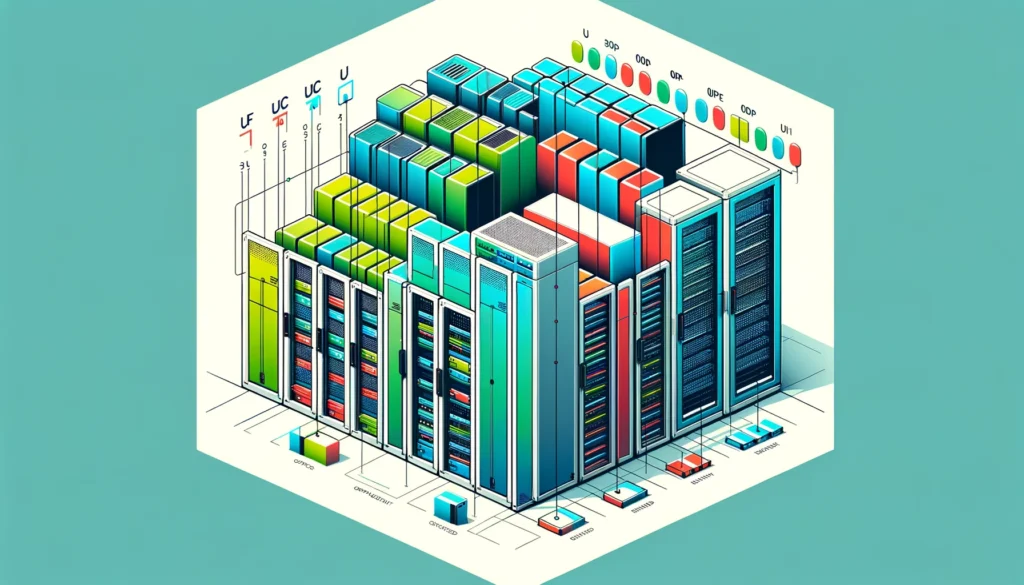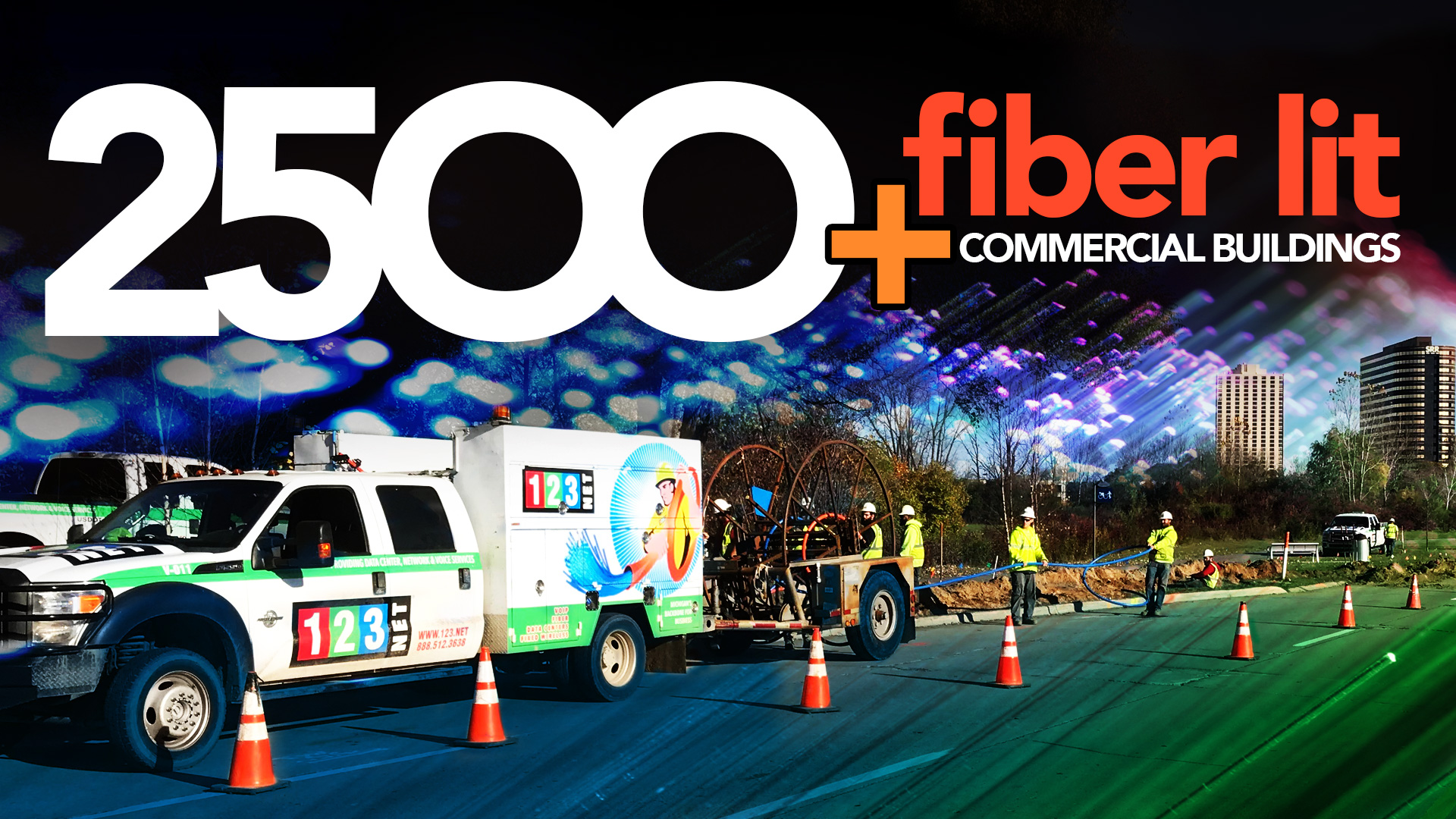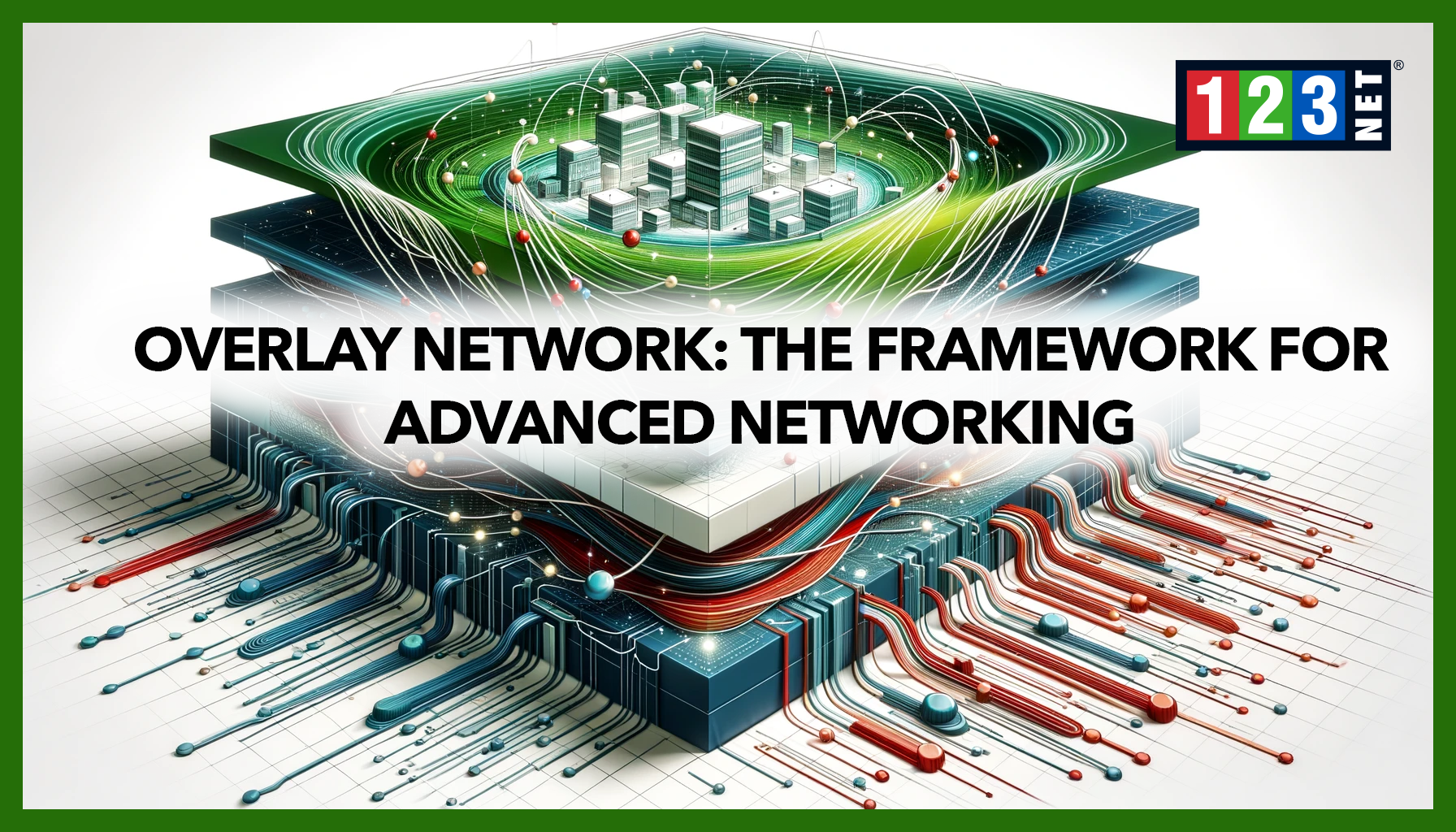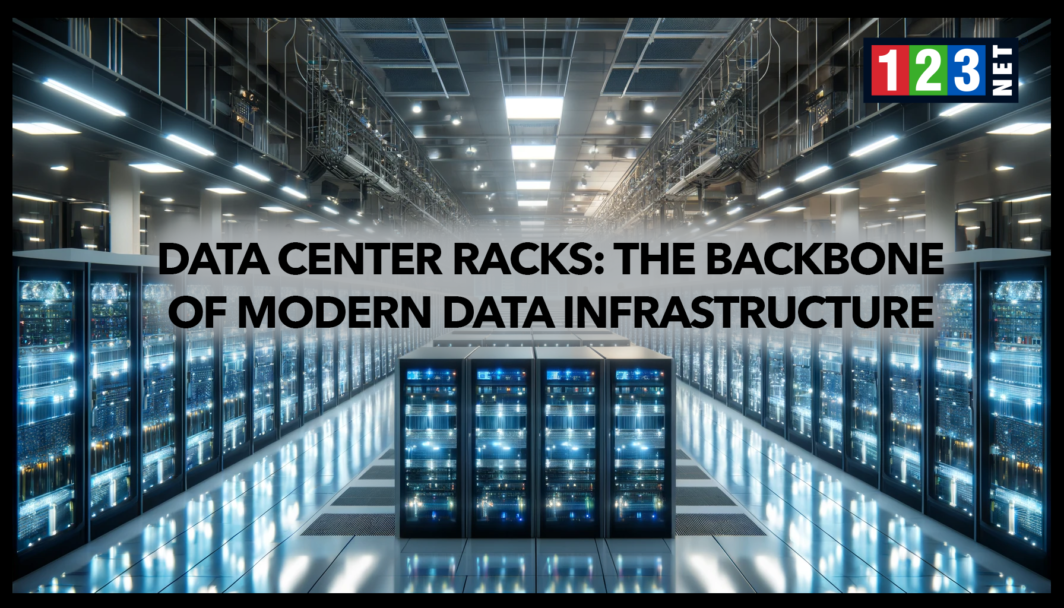
Introduction
In the contemporary digital era, data center racks emerge as the indispensable, though often overlooked, pillars of IT infrastructure. These racks are not just simple metal structures; they are the bedrock upon which the seamless operation of data centers rests. It is ensuring the robust management and security of the hardware that underpins our globally connected existence. These foundational components play a crucial role in facilitating the efficient flow of information around the world. Thereby enabling our increasingly data-driven society. As we explore the complexities of data center racks, we realize their critical importance in boosting the performance, scalability. As well as energy efficiency of today’s data ecosystems. Their role extends beyond physical support, influencing the overall functionality and sustainability of the IT environments they inhabit.
Power Distribution Units
Data center racks, integral to the organizational fabric of IT infrastructure, serve as specialized enclosures or frames that meticulously house. As well as organize crucial IT equipment such as servers, network devices, and power distribution units (PDUs). These racks are designed to create a structured environment that not only facilitates efficient cable management but also optimizes airflow and enhances accessibility for maintenance activities. Thereby ensuring the operational integrity and longevity of the IT assets they contain.
Universal Compatibility
Measured in rack units (U), with one rack unit, these racks have a approach to specifying the height of equipment. It is enabling a universal compatibility and streamlined organization of various devices. This standardized measurement system plays a pivotal role in maximizing the use of available space within data centers. It is allowing for a scalable and flexible arrangement of IT equipment.
Data center racks can be categorized into three primary types, each tailored to suit different operational environments and requirements:
- Open Frame Racks: Characterized by their lack of sides and doors, these racks offer unparalleled ease of access. As well as superior cooling capabilities. They are particularly suited for environments where temperature control and security are effectively managed externally. This is allowing for an open architecture that facilitates unimpeded airflow and ease of maintenance.
- Enclosed Racks: These racks come equipped with doors and side panels. It is offering enhanced protection and security for the IT equipment housed within. They are ideally suited for mixed-use environments where controlling airflow and securing access to the equipment are paramount. The enclosed design also aids in the management of airflow, ensuring that equipment is kept at optimal operating temperatures.
- Wall-mounted Racks: Specifically designed for spatial efficiency, wall-mounted racks are an ideal solution for small businesses. As well as satellite offices that have limited IT needs but still require the organizational and protective benefits of a data center rack. These racks make efficient use of vertical space, freeing up floor area. While still providing secure and organized housing for essential IT equipment.
Key Features of Data Center Rack
Size and Capacity
Data center racks, meticulously crafted for superior functionality, embody a harmonious blend of innovation and precision engineering. They stand as the physical framework within data centers, meticulously designed to accommodate, organize, and protect crucial IT equipment. Such as servers, network devices, and power distribution units. Their intrinsic design features cater to a myriad of operational needs, emphasizing size and capacity, cooling efficiency, cable management. Security, each aspect meticulously tailored to enhance overall performance and reliability.
The dimensions and capacity of these racks are standardized to ensure compatibility and efficiency. Typically, the racks adhere to a standard width of 19 inches, with heights varying from 42U to 48U (a ‘U’ denotes a rack unit. It is equivalent to 1.75 inches), accommodating a diverse range of IT equipment sizes and quantities. This standardization facilitates seamless integration and scalability within data center environments, allowing for flexible and efficient space utilization.
Cooling Efficiency
Cooling efficiency is paramount in the design of data center racks. Advanced models incorporate sophisticated cooling solutions aimed at effectively managing the thermal output of the enclosed equipment. These features are vital for maintaining optimal operational temperatures, thus preventing hardware overheating, enhancing performance, and extending the lifespan.
Cable Management
Furthermore, integrated cable management systems are a cornerstone of rack design, ensuring organized and efficient cable routing. This organization is crucial for minimizing clutter, which, in turn, optimizes airflow and accessibility. It is ensuring that cooling systems operate effectively and maintenance tasks are streamlined.
Security Features
Security features, such as lockable doors and panels, are integral to the design of data center racks. It is providing robust protection for sensitive IT equipment. These security measures are designing to prevent unauthorized access, thereby safeguarding critical data and hardware against potential threats. This combination of functionality, efficiency, and security underscores the pivotal role of data center racks in the architecture of modern digital infrastructures. It is ensuring they are equipping to meet the demands of today’s data-driven landscapes.
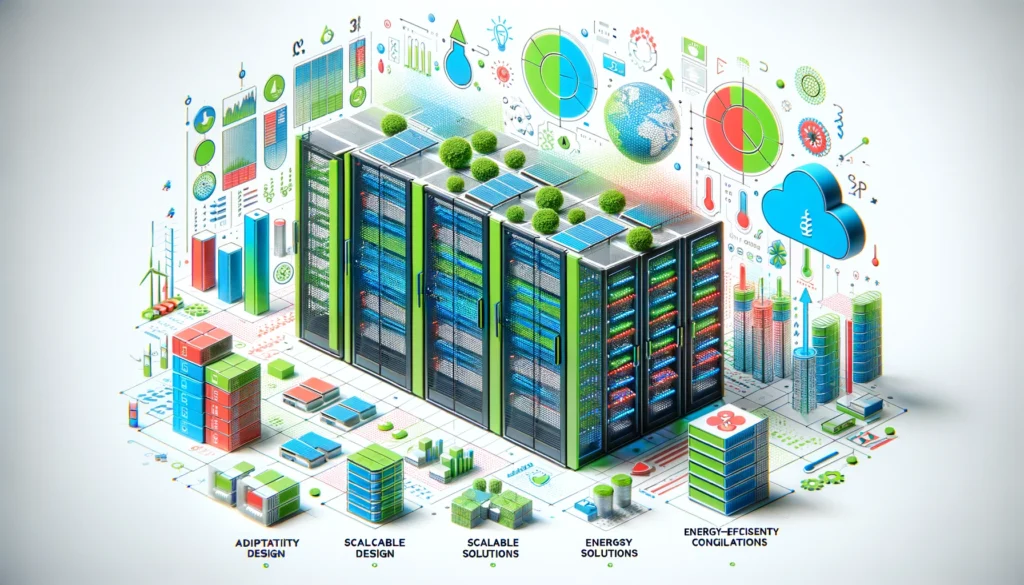
Selecting the Right Data Center Rack
Selecting the right data center rack is a critical decision that encompasses a thorough evaluation of multiple vital factors. It is to ensure optimal operation, scalability, and safety of the IT infrastructure. This process demands careful consideration of the physical space, cooling requirements, weight capacity, and compliance with prevailing industry standards. Each of which plays a pivotal role in the functionality and efficiency of the data center.
Space
Firstly, an assessment of the available floor space and ceiling height within the data center is essential. This evaluation helps in determining the most suitable rack size and configuration, ensuring that it not only fits within the designated area but also accommodates future expansion and accessibility needs. The layout of the data center, including the positioning of racks, significantly influences maintenance operations and airflow management, underlining the importance of spatial planning.
Cooling Requirements
Cooling requirements demand a close examination of the IT equipment’s thermal output. Selecting racks that facilitate efficient airflow management and incorporate cooling solutions is crucial to prevent overheating. Racks designed with advanced cooling capabilities can significantly enhance the overall thermal management strategy of the data center.
Weight Capacity
The weight capacity of the rack is another critical consideration. It is essential to choose a rack that can support the combined weight of the IT equipment, power distribution units (PDUs), and any additional accessories. Overlooking this factor can lead to structural instability, risking damage to valuable IT assets.
Compliance and Standards
Finally, compliance with industry standards ensures that the chosen racks meet safety, compatibility, and interoperability requirements. Adherence to standards such as the Electronic Industries Alliance (EIA) for rack dimensions and mounting ensures that the data center infrastructure is built on a reliable, standardized foundation, facilitating seamless integration of IT equipment from various manufacturers.
In sum, the selection of data center racks involves a holistic analysis of space, cooling needs, weight capacity, and compliance standards. This comprehensive approach ensures the deployment of a robust, efficient, and scalable IT infrastructure, capable of supporting the dynamic needs of modern digital enterprises.
The Role of Data Center Racks in Efficiency and Scalability
Data center racks play a crucial role in optimizing energy efficiency and providing scalability. Modular design and scalable rack solutions allow for easy expansion as IT needs grow, without compromising efficiency. Efficient rack layout and airflow management reduce the energy consumption required for cooling, while high-density configurations maximize space utilization and resource efficiency.
Case studies have demonstrated significant energy savings and operational efficiency improvements through strategic rack selection and configuration. For instance, incorporating high-density racks with advanced cooling solutions can drastically lower the power usage effectiveness (PUE) ratio, a key metric in measuring energy efficiency.
Future Trends in Data Center Rack Design
The future of data center rack design is shaping the continuous evolution of technology and the growing emphasis on sustainability. Innovations in rack design are focusing on enhanced thermal management, modular and flexible structures, and materials that reduce environmental impact. The integration of intelligent monitoring systems for real-time environmental monitoring and management is becoming standard, enabling proactive adjustments to optimize performance and energy use.
Emerging technologies such as artificial intelligence (AI) and the Internet of Things (IoT) are influencing rack configurations, necessitating designs that support increased compute density and connectivity. As data centers evolve to meet these demands, racks will continue to play a pivotal role in enabling efficient, scalable, and sustainable data infrastructure.
FAQs
- What is the standard size of a data center rack? A: The standard width for a data center rack is 19 inches, with heights typically ranging from 42U to 48U, accommodating various equipment sizes.
- How do data center racks enhance cooling efficiency? A: Racks are designed with features like perforated doors and strategic layout to promote airflow, working in conjunction with data center cooling systems to dissipate heat efficiently.
- Can data center racks be customized for specific needs? A: Yes, many manufacturers offer customizable rack options, including adjustable shelves, modular designs, and integrated cable management solutions, to meet specific operational requirements.
- What are the security features of modern data center racks? A: Modern racks often include lockable doors and side panels, surveillance compatibility, and access control systems to secure sensitive IT equipment against unauthorized access.
Conclusion
Data center racks are the cornerstone of efficient and scalable data infrastructure, enabling the secure and organized housing of critical IT equipment. By understanding the types, features, and selection criteria of data center racks, organizations can optimize their data center operations for performance, efficiency, and growth. As technology advances, the evolution of rack design will continue to meet the demands of modern data centers, ensuring that the backbone of our digital world remains strong and adaptable.
